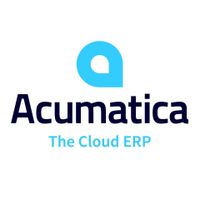PlumERP is a ERP Software. PlumERP offers Sales, Stock Management, HR Management, Financial Management, Asset Management and many more functionalities.
Some top alternatives to PlumERP includes ERPNext, abas ERP, Infor ERP, Acumatica and ERP-ONE+.
No, PlumERP doesn't provide API.
No, PlumERP doesn't provide mobile app.
PlumERP is located in Hyderabad, India
PlumERP offers Free Trial, Quotation Based pricing models
The starting price is not disclosed by PlumERP. You can visit PlumERP pricing page to get the latest pricing.












